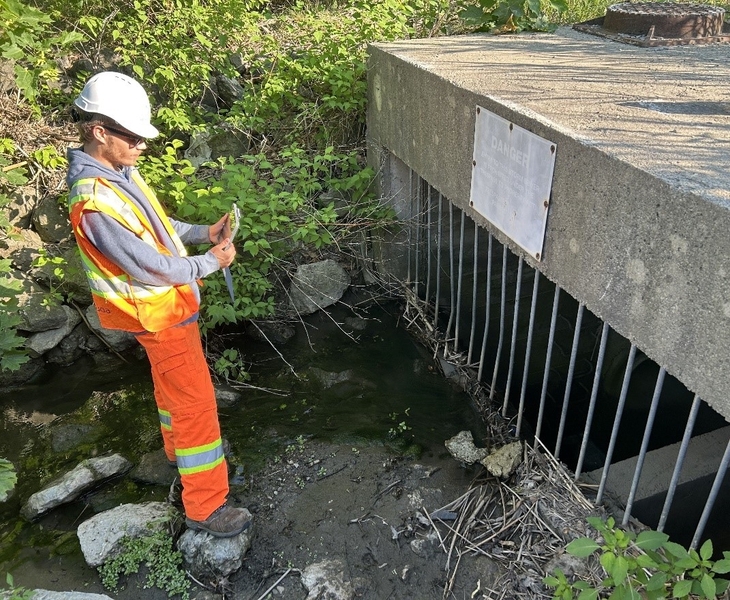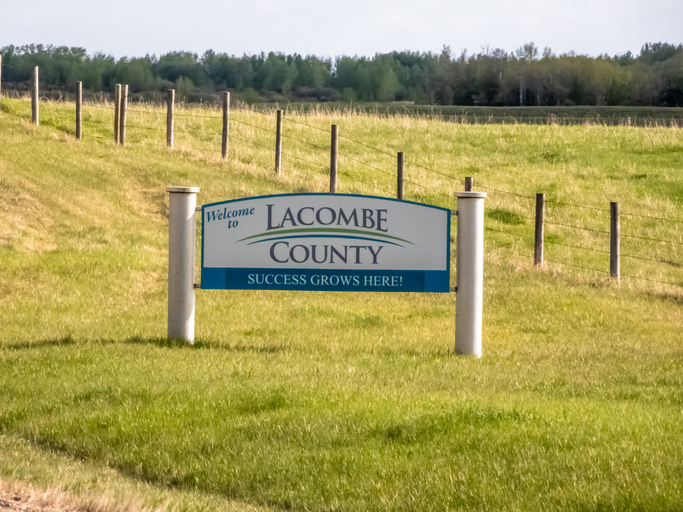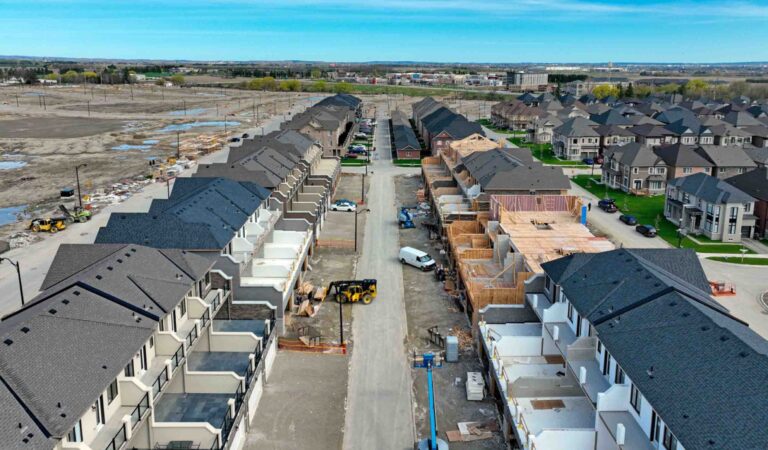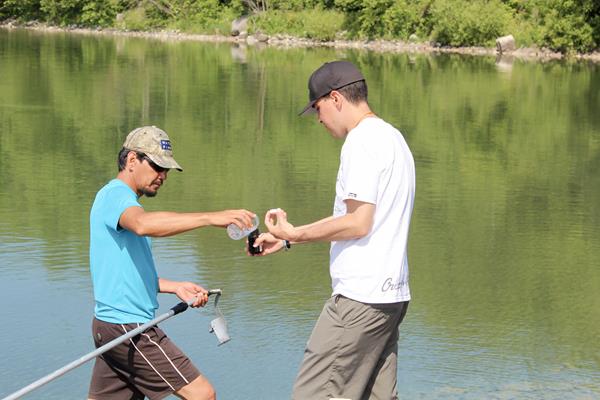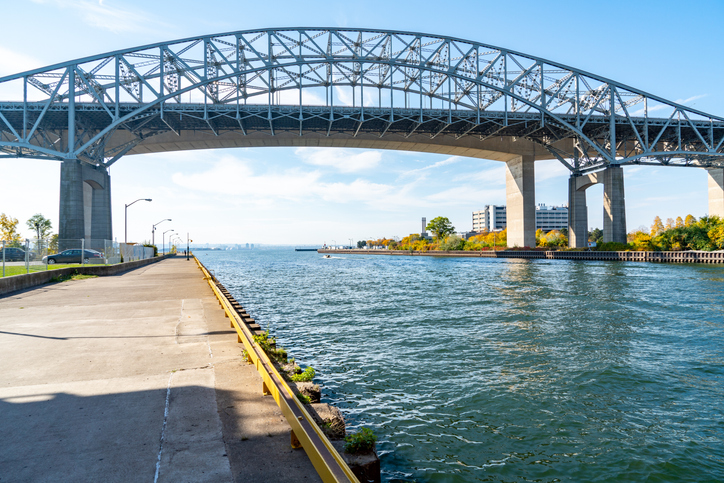The World Meteorological Organization (WMO) and Global Water Partnership (GWP) are increasing their long-standing cooperation to strengthen water resource management.
This is at a time when climate change, population shifts, and environmental degradation are leading to more stress on water supplies and more water-related hazards.
The two organizations signed a Framework Memorandum of Understanding (MoU) on strategic collaboration to achieve the objectives of integrated water resources management. It was signed on June 6, 2019 during a special Hydrological Assembly during the World Meteorological Congress.
“The impacts of climate change are felt through temperature increase and, more significantly, changes in precipitation,” said Petteri Taalas, secretary-general of WMO. “There are areas which becoming drier and areas where there is more flooding. This has a major socio-economic and political impact. Thus, WMO cooperation with the Global Water Partnership is really important to develop capacity for better management of water resources.”
“We are in a water crisis. It is a crisis about too much water, too little water, and too dirty water,” said Monika Weber-Fahr, executive secretary and chief executive officer of the Global Water Partnership. “Nothing is easy when it comes to water, but nothing is as inspiring as cooperation on water. GWP is opening a new chapter in the cooperation with WMO. It is high time to achieve more climate-resilient water management, the bar needs to raise. It is in this spirit that we want to take the collaboration on water and climate for more action forward.”
The new MoU identifies four priority areas for strategic collaboration:
- Strengthen the management of hydro-climatic extremes through the joint programmes on flood (APFM) and drought (IDMP).The aim is to strengthen the flood and drought HelpDesks and knowledge communities to support stakeholders. This would be undertaken through policy and management guidance, as well as the development of knowledge and practical applications of integrated flood and drought management.
- Strengthen the capacity of countries to develop high priority water and climate projects.Building on GWP’s work to strengthen countries’ capacity to develop projects to access climate finance and WMO’s work on strengthening the climate rationale of projects.
- Strengthen stakeholder engagement on developing water information and products at the regional and country level.This work will build on ongoing collaboration on the Global Framework for Climate Services (GFCS) and WMO initiatives on strengthening hydrological services, as part of the WMO Global Hydrological Status and Outlook System (HydroSOS), the World Water Data Initiative, and the HydroHub. The work will contribute to climate change adaptation and mitigation, disaster risk reduction, and sustainable development.
- Joint programmes, project development, service delivery, and joint resource mobilization.Building on the successful collaboration of unlocking funds for climate change adaptation on flood and drought management in the Volta basin, GWP and WMO will continue to help countries access finance for innovative water management projects, climate and hydrological services, and early warning systems.
GWP was established as an inter-governmental organization in 2002. WMO was a founding member, expressing its solidarity with the GWP approach that came to be called Integrated Water Resources Management. Today GWP has 66 Country Water Partnerships and more than 3,000 institutional partners in 182 countries and remains committed to its initial approach to water resource management.


